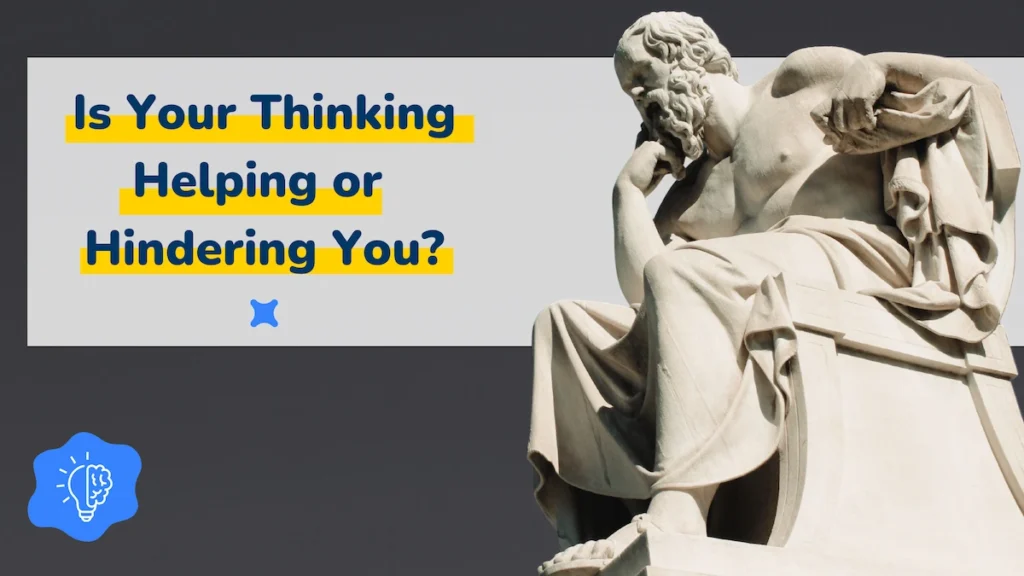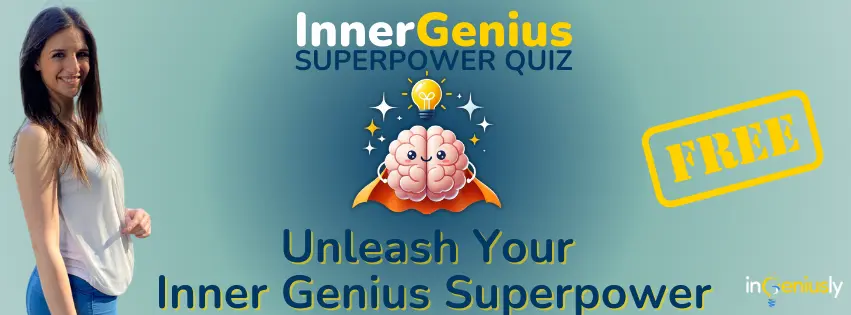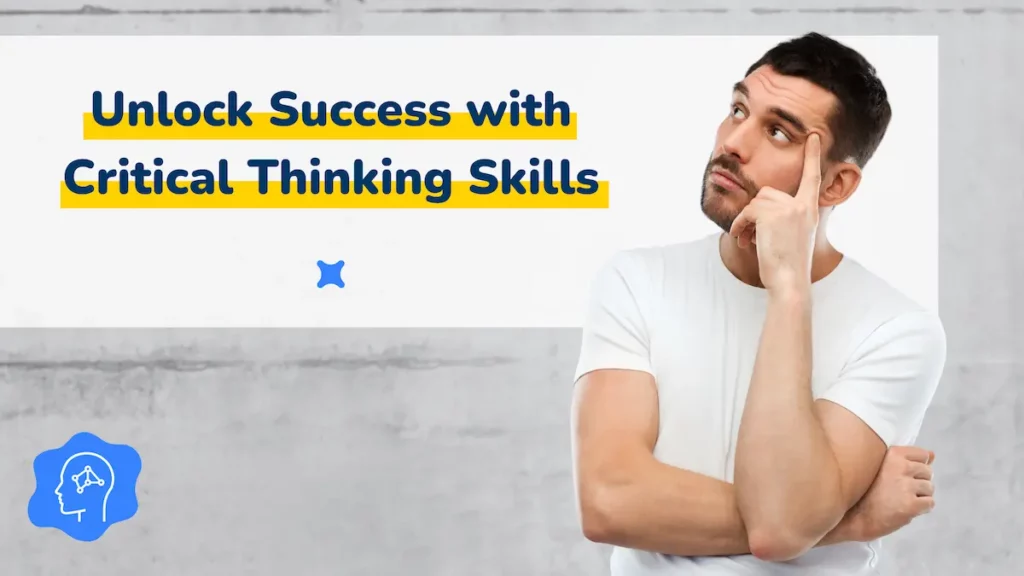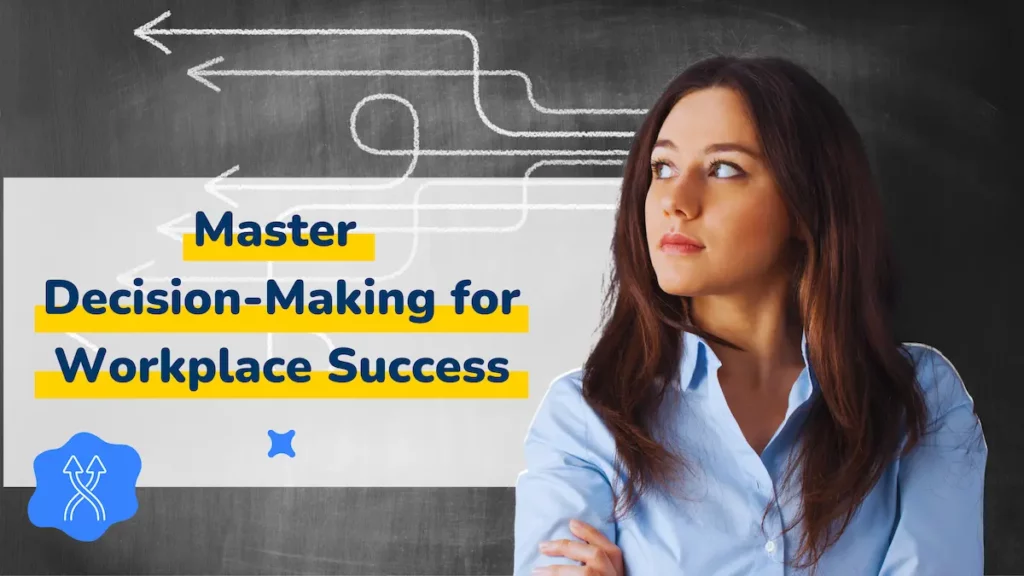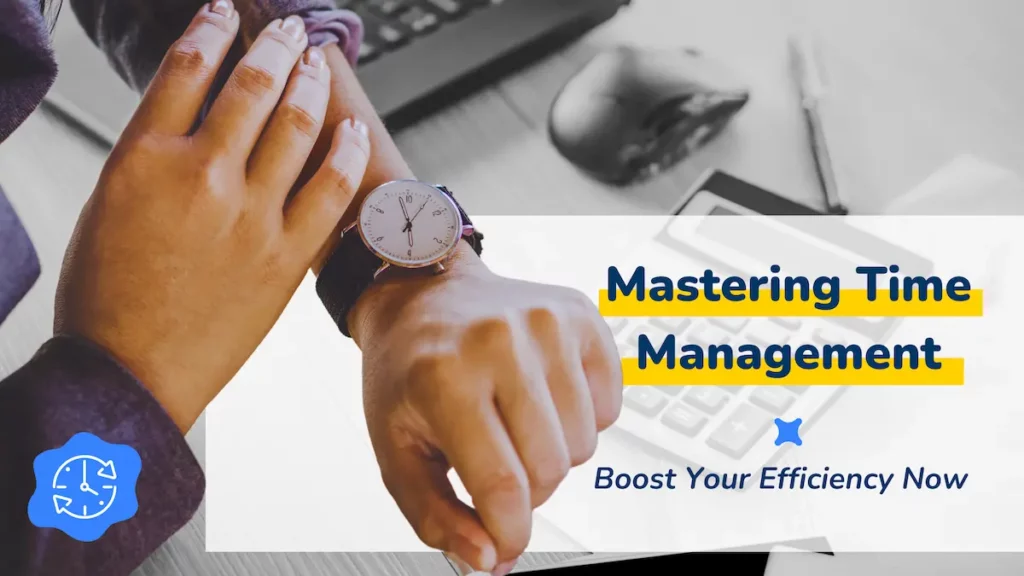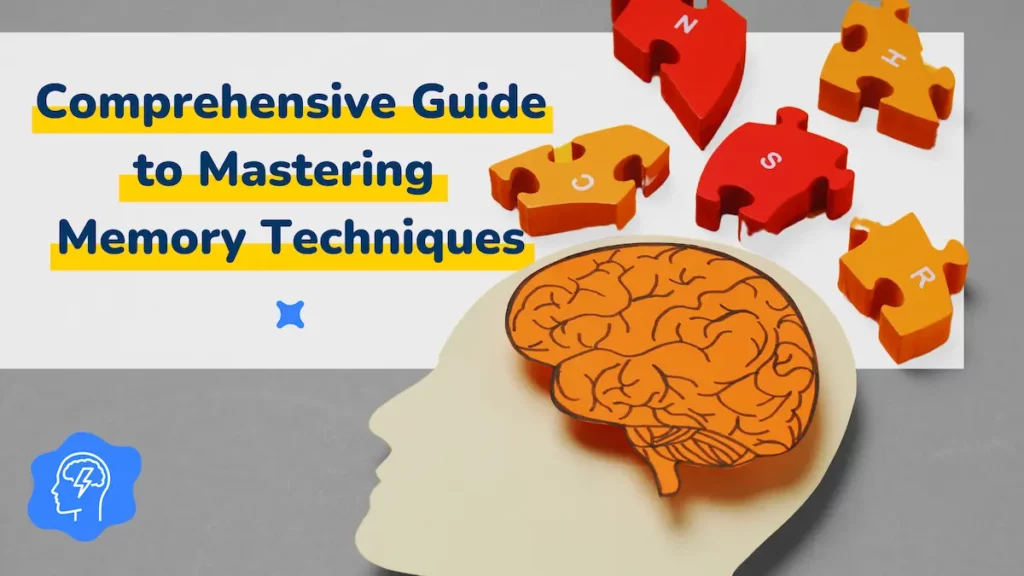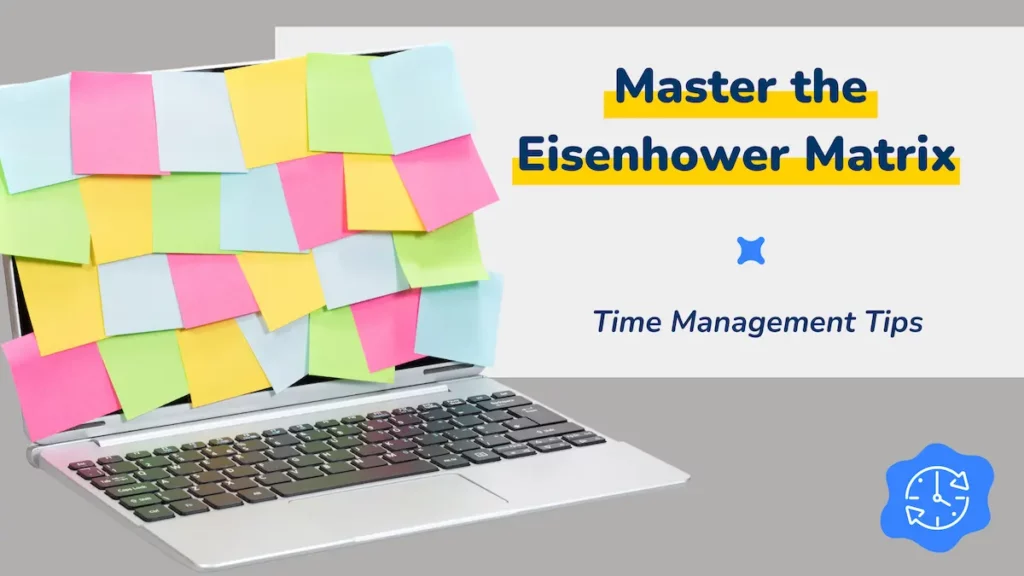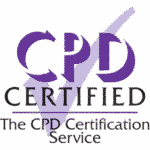Critical vs Lateral Thinking: Could You Be Using the Wrong Tool for the Job?
The Thinking Trap: When Good Brains Make Bad Calls
You’re in a meeting. The team is stuck. You enter lateral thinking mode and throw in a bold idea: it’s creative, clever, even exciting… Heads nod. Someone builds on it. You can feel the excitement. Then… silence. A week later, nothing’s changed.
Or maybe the opposite happens… You enter critical thinking and action mode. You move fast. Get it done. Solve the problem efficiently. Only to realise you’ve solved the wrong problem.
Think about it: has your thinking ever led you forward, only to later find out it wasn’t the right direction? In leadership circles, there is often talk about making better decisions, unlocking creativity and thinking strategically. What you have probably rarely asked yourself is wheter you are using the right kind of thinking at the right time.
Most people don’t even think about it – pun intended… They’re just unknowingly misapplying their mental tools. And that leads to brilliant ideas that go nowhere and fast progress that leads to the wrong place.
The Thinking Styles Inner Bias: You Likely Favour One Thinking Style
There are two thinking tools every leader, founder and manager should master:
Lateral thinking: The creative spark that helps you break patterns, challenge assumptions and explore new directions.
Critical thinking: The strategic compass that guides you through uncertainty, clarifies trade-offs and helps you decide what’s actually viable.
But it doesn’t need to be “critical vs lateral thinking”…
Everyone unconsciously leans towards one or the other and defaults to it when under pressure, regardless of whether it is appropriate for the situation.
That’s why meetings stall, teams chase one brilliant idea after another without landing results and decisions get delayed. Because the approach doesn’t match the moment.
How can you know if your thinking style might be holding you back? You can start from five truths strong thinkers live by:
You don’t have to “be” creative or analytical.
It’s not critical vs lateral thinking: you just need to know when to switch. Versatility beats labels.
Your thinking patterns shape how others experience your leadership.
Always ideating but never deciding? Always analysing but never questioning? It shows and it affects your credibility.
Mental flexibility is a competitive advantage.
The ability to shift gears mid-problem is a powerful skill few talk about.
Good thinking is a practice, not a trait.
Forget about having one big genius moment. Focus on making repeatable, high-quality decisions instead.
Curious minds outperform certain ones.
Don’t second-guess yourself, but pause long enough to ask, “Is this the right tool for the job?”
What Happens When You Get It Right
When you stop thinking in terms of critical vs lateral thinking and match the right kind of thinking to the right kind of problem, things change:
Creative ideas stop floating and start landing.
Tough decisions get clearer, faster.
Teams waste less time chasing dead ends.
A Quick Guide: What to Do When You’re Mentally Stuck
Need a fast way to shift gears? These three tools help you spot your thinking blind spots and make better calls.
✅ 1. Check Which Hat You’re Wearing
Are you trying to generate ideas or evaluate options? Doing both at once can create confusion, so find clarity by separating the two.
Similar to Edward de Bono’s Six Thinking Hats, put on the creative or the analytical hat depending on your current goals. Feel free to switch between them, but avoid wearing them at the same time.
→ Exploring? Lateral Thinking Hat: ask wild questions, flip assumptions, imagine extremes.
→ Deciding? Critical Thinking Hat: narrow down based on evidence, impact, and feasibility.
✅ 2. Ask “What Else?” Before “What’s Next?”
When you feel stuck or rushed, your brain wants to take action. However, acting without reflection may result in the need for rework.
→ First use lateral thinking to ask:
“What else might be true?”
“What are we missing?”
“What if we started from scratch?”
→ Then switch to critical thinking to ask:
“What matters most?”
“What do we know works?”
“What trade-offs are we okay with?”
✅ 3. Use Simple Thinking Tools, Not Just Gut Feel
Don’t just wing it. use a set of tools help your brain slow down, step back and zoom in.
Try these simple ones:
A pros and cons list
A decision tree
A reversal challenge: What if we did the opposite?
Find the tool that helps you hold your thoughts while you find clarity.
Awareness Isn’t Enough: You Need a Mirror
One of the most difficult things to do is to be objective about ourselves. With all your unique experiences and your own world lens, you can’t always see your own thinking habits clearly.
You might believe you’re being logical, even if you’re stuck in safe patterns. Or feel “creative” when you’re actually trying anything to avoid tough choices.
This isn’t a flaw, but rather a way in which our brain protects us from uncomfortable truths and choices. However, this can sometimes come at the expense of clarity. This is one of the reasons why the best thinkers focus not only on great ideas, but also on their thought processes.
The easiest way to see the patterns you’re unconsciously stuck in is having someone hold a mirror up for you. Someone who can objectively analyse your thinking style.
What Kind of Thinker Are You, Really?
The Inner Genius Superpower is our way of holding a mirror up for you. In just 4 minutes, the Inner Genius Superpower Quiz reveals:
✅ Your strongest thinking skill
✅ The shortcuts and biases you may not notice
✅ Whether your current approach is helping or holding you back
It’s fast, free and insightful. Perfect for busy professionals who want to sharpen decision-making, boost idea execution and unlock their next level of performance.
👉 Take the Inner Genius Superpower Quiz to start seeing your thinking more clearly and using it more powerfully.
